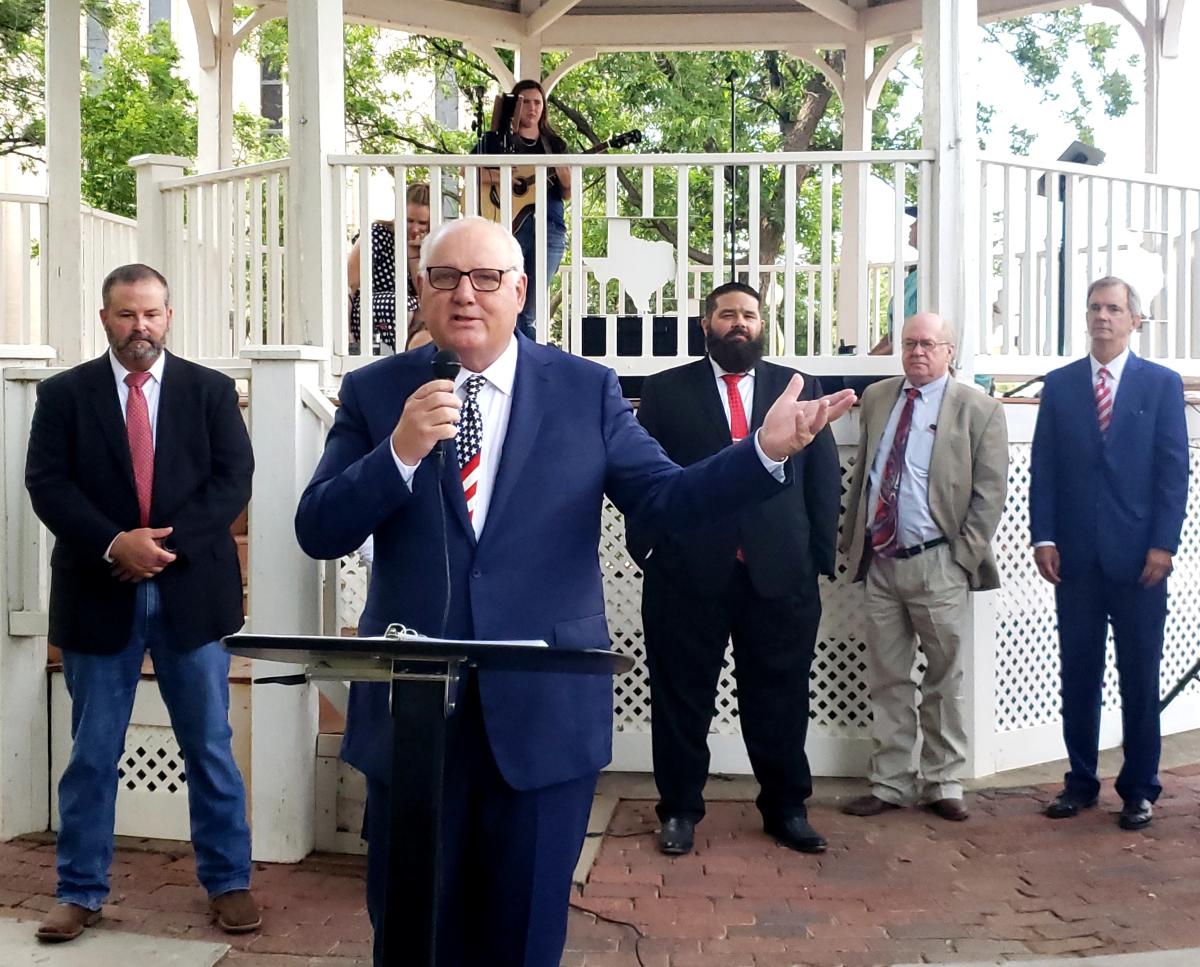Researchers at NASA Ames Research Center are using their advanced aerospace technology to protect Bay Area communities from devastating wildfires.
As the weather becomes drier and temperatures warmer, many are preparing for a potentially active wildfire season.
“It’s very personal to me,” said Kathryn Chapman, NASA Ames Research Aerospace Engineer. “I grew up in California, and in my lifetime I have seen the consequences of these fires have a profound impact on the people I care about. I have seen many family members evacuate or sometimes pack up the car and get ready to go home.” go out themselves because the fire was getting closer.”
That experience motivates Chapman’s work at NASA, helping firefighters battle monstrous wildfires using drones.
“Right now I’m going to take you to the mobile kit used to visualize the airspace,” Chapman said. “It was developed in a previous NASA project and we use it today to look at the sky and give a picture of what’s going on right now.”
The US Forest Service is currently using drones to identify, monitor and capture thermal images of specific wildfires in real time. But soon, Chapman’s work will help first responders use drones for so much more.
“As we conduct operations, we have an audible signal in case an aircraft gets too close,” said Jonas Jonsson, NASA ACERO Demonstration Lead.
NASA’s Advanced Capabilities for Emergency Response Operations, or ACERO, creates air traffic control software for first responders in their wildfire coordination and operations, improving communications and situational awareness for both drones and aircraft in emergency airspace.
The ultimate goal is to fight forest fires with helicopters in the form of drones, 24/7, at night and in heavy smoke, where it was previously unsafe for aircraft to fly.
“Ultimately, it’s incredibly important to me to be involved in projects like this that have a real impact on things close to me and close to where I live,” said Chapman.
For Chapman, her work is extremely rewarding because she knows her research will soon save homes and lives.
NASA’s first ACERO demo drone flight with firefighters will take place in the fall or spring of 2024.








